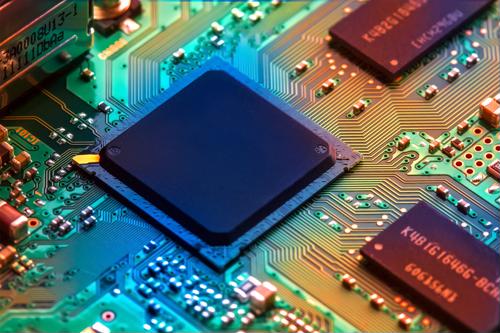
New IoT chip enables 60+ mile connectivity range
By Max BurkhalterJune 10, 2019
Internet of things technologies have become irreplaceable sources of operational efficiency and workflow transformation for a wide range of industries, from manufacturing and telematics to agriculture and retail, cementing their place in the modern commercial landscape. According to the global research firm Gartner, around 20.4 billion connected things will be in use by 2020, with consumer and business applications representing the largest deployment areas. Although IoT wearables and smart devices will certainly play a significant role, most of the innovation is taking place at the enterprise level.
IoT and the push for advanced solutions
Now that the basics have been ironed out, companies have begun searching for new ways to leverage IoT devices and high-speed connectivity to improve their supply chains and increase their bottom lines. However, despite the many advantages offered by embedded tech and IoT sensors, there are still several limitations that must be overcome before the applications of the future can be implemented. While cybersecurity is widely considered to be the most pressing concern, there are also a variety of logistical challenges that have prevented organizations from harnessing the full potential of IoT, such as:
- Compatibility: Currently, there is a notable lack of standardization by IoT developers and device manufacturers that leaves end users in a difficult position. Many companies have had to create custom software applications to monitor and manage their fleets of IoT devices, which has required significant backend investment.
- Complexity: The widespread compatibility issues have forced organizations to create complex systems and networks that are often prone to errors and software bugs. For example, a power failure at a remote monitoring facility could cause major production delays or data collection blackouts if the proper precautions are not taken.
- Connectivity: The more IoT devices there are linked together in a company's network, the higher bandwidth is needed to support their intended functionality. This issue is especially challenging for smart city applications that aggregate data from hundreds of devices over a wide area, often necessitating multiple backups and disaster recovery protocols.
The role of IoT hardware
Many of the barriers to large-scale IoT deployments that enterprises and government officials are trying to offset are symptoms of their current devices' hardware limitations. However, the need for industrial-grade technologies has seemed to push tech companies to ramp up their development efforts to keep pace with growing market demand. According to a 2017 market analysis by PricewaterhouseCoopers, hardware will likely account for 35% of the $1.7 trillion market value of IoT by 2020, suggesting there are significant opportunities for developers to make a healthy profit by continuously improving their offerings.

Network infrastructure is another key area of hardware development, as IoT devices rely on stable internet connections to facilitate endpoint-to-endpoint communications and data collection protocols. The impending release of 5G will likely have a positive impact on wireless connectivity, though many experts have focused on the potential of low-power, wide-area networks. In fact, the McKinsey Global Institute predicts that 100% of the global population will have LPWAN coverage by 2022, which will enable long-range communication between a massive number of connected devices at low costs and optimized power consumption rates. But before the IoT applications of the future can be brought to life, organizations must first equip their devices with powerful transmission capabilities that can facilitate real-time data transfers over large distances.
Sony releases new IoT chip with 60+ mile connectivity
In early June, Sony announced the upcoming release of its first IoT chip, the CXM1501GR communication module, which can transmit sensor data over a 60 mile radius using a LPWAN connection. What's more, the chip can send a 128-bit signal while moving at over 60 mph - making it well suited to smart and autonomous vehicles - and is able to automatically switch between 23 different channels on the 923.6 MHz to 928 MHz bands by utilizing chirp modulation. The CXM1501GR offsets potential interference by repeating each signal four times and includes interspersed synchronization bits to make it easier for the receiver to account for changes in speed and direction.
While Sony is only planning to release its IoT chip in Japan in the foreseeable future, the company is hopeful that other countries will follow suit after comprehensive use cases have been developed. At present, the CXM1501GR is designed to work exclusively with Sony's Eltres wireless communication standard, which is currently being deployed throughout certain regions of Japan. Before the IoT chip can be meaningfully leveraged by forward-thinking organizations, they must first build robust data storage infrastructures to support the massive volume of information generated by a fleet of mobile sensors.
Perle offers high-performance networking tools that enable real-time monitoring and reporting capabilities, ensuring enterprises can take full advantage of their IoT-enabled environments. Read some of our customer stories to find out how we've helped other companies in a variety of industries take full advantage of their connected devices.



